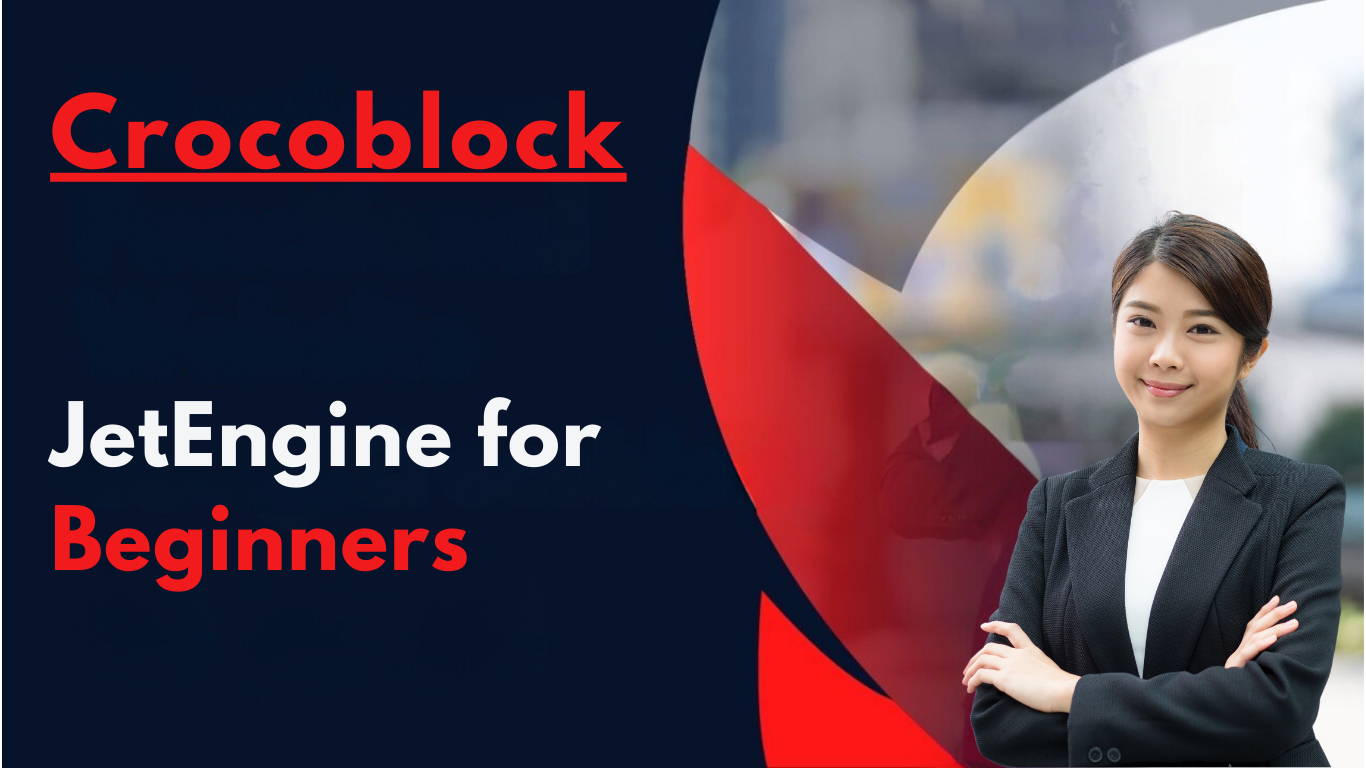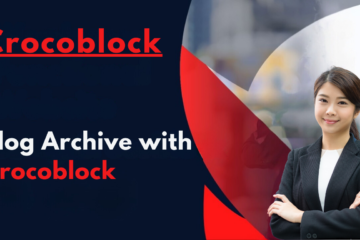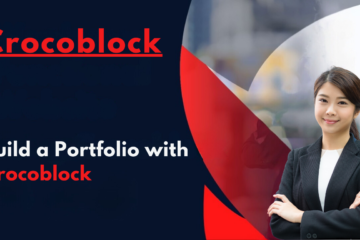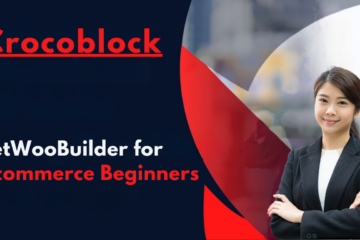In the world of website development, the need for structured content has become increasingly important. Whether you’re building an online store, a portfolio site, or a directory of services, standard blog posts and pages often fall short when it comes to organizing and presenting complex data. This is where JetEngine, the essential Crocoblock plugin, becomes a game-changer – empowering you to create and manage custom content types tailored to your website’s unique needs.
JetEngine is the heart of Crocoblock’s dynamic content solution, allowing you to break free from the constraints of traditional WordPress post formats. By harnessing the power of custom post types and meta fields, you can build websites that not only look great but also provide a seamless and organized experience for your visitors.
Understanding Custom Post Types:
To better understand custom post types, let’s use an analogy: Imagine your website as a filing cabinet, and each type of content you have is stored in a different folder or drawer. Standard blog posts and pages are like generic folders that can hold any type of content, but they lack the organization and structure needed for more complex data.
Custom post types, on the other hand, are like specialized folders designed specifically for different types of content. For example, you might have a “Recipes” folder for your cooking website, a “Projects” folder for your portfolio site, or even a “Team Members” folder for your company’s staff bios. By creating these custom folders, you can keep your content neatly organized and easily accessible.
The Power of Meta Fields:
While custom post types provide the structure for your content, meta fields are the details that you attach to each individual item within those folders. Continuing our analogy, meta fields are like the labels or tags you place on individual files within a folder, giving you a quick overview of the specific details associated with that piece of content.
For instance, in your “Recipes” folder, each recipe file might have meta fields like “Ingredients,” “Cooking Time,” “Difficulty Level,” and “Cuisine Type.” Similarly, in your “Projects” folder, you could have meta fields such as “Client,” “Budget,” “Completion Date,” and “Project Category.”
By leveraging meta fields, you can store and display rich, detailed information about each piece of content, creating a more engaging and informative experience for your visitors.
Simple Tutorial: Creating a “Movie Review” Post Type:
Let’s walk through a simple example of how to create a custom post type for movie reviews using JetEngine:
- In the WordPress admin area, navigate to JetEngine > Post Types and click “Add New Post Type.”
- Give your new post type a name, such as “Movie Reviews,” and optionally set an icon and other settings.
- Once your custom post type is created, it’s time to add relevant meta fields. Click on the “Meta Fields” tab and start creating new fields for your movie review data:
- Title (Text Field)
- Release Date (Date Field)
- Director (Text Field)
- Rating (Select Field with options like 1 Star, 2 Stars, etc.)
- Synopsis (Text Area)
- With your custom post type and meta fields defined, you can now start adding your movie review content!
- The true power of JetEngine lies in how it allows you to dynamically display and organize structured content on your website. Using Elementor and Crocoblock’s dynamic content widgets, you can create visually stunning layouts that showcase your movie reviews, complete with filters and sorting options based on the meta fields you’ve defined.
Imagine a movie review site where visitors can browse through a grid of movie posters, filtering by genre, director, or rating. With a few clicks, they can dive deeper into a specific movie’s details, including the synopsis, release date, and your expert review – all organized and presented in a user-friendly way.
The Purpose Behind Custom Content Structures:
While the process of creating custom post types and meta fields may seem straightforward, the true value lies in the benefits they provide for your website:
Better Organization: By structuring your content into distinct categories and adding detailed meta fields, you ensure that your website remains organized and easy to navigate, even as it grows and expands over time.
Dynamic Display Options: With custom content structures in place, you can leverage Crocoblock’s powerful dynamic content widgets to display your data in a variety of layouts, from grids and lists to carousels and sliders, tailored to your specific needs.
Enhanced User Experience: By presenting your content in a structured and visually appealing manner, you create a more engaging and informative experience for your visitors, encouraging them to explore and interact with your website in meaningful ways.
Future-Proof Scalability: As your website evolves and your content needs change, the custom structures you’ve built with JetEngine can easily adapt and accommodate new types of data, ensuring a seamless and sustainable growth path for your online presence.
Real-world Connections:
The applications of custom content structures extend far beyond movie review sites. Imagine an online product catalog where each item has meta fields for price, specifications, and customer reviews. Or a directory of local businesses, with meta fields for categories, locations, and operating hours. The possibilities are endless, and JetEngine empowers you to create tailored solutions that meet the unique needs of your website and its visitors.
Conclusion:
JetEngine is the foundation upon which you can build structured, dynamic, and engaging websites with Crocoblock. By mastering the art of creating custom post types and meta fields, you unlock a world of possibilities for organizing and presenting your content in ways that resonate with your audience.
Whether you’re a beginner or an experienced website developer, JetEngine’s intuitive interface and seamless integration with Elementor make it a powerful tool for anyone looking to take their website to the next level. So, embrace the power of custom content structures, and start building websites that not only look great but also provide a superior user experience for your visitors.



